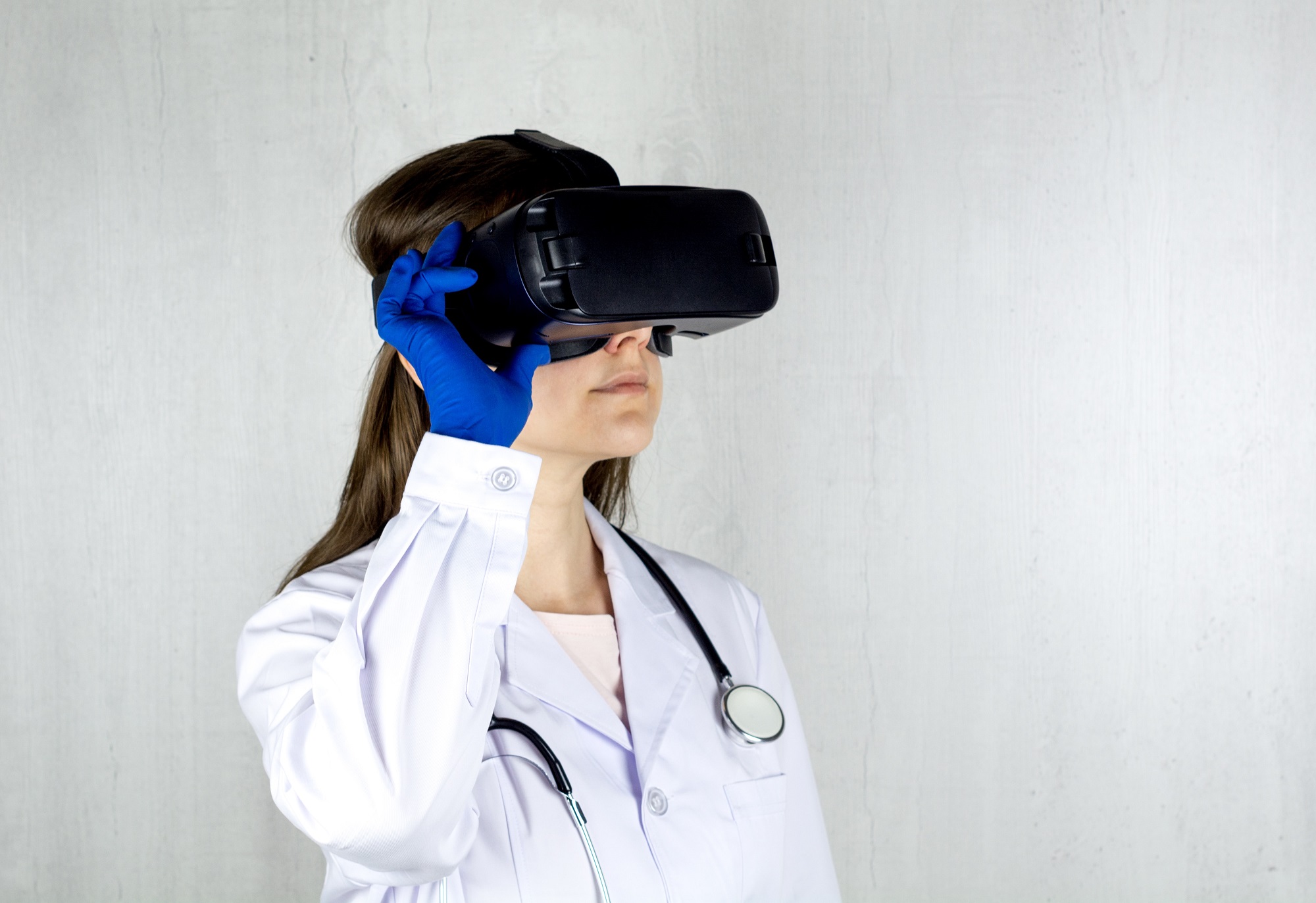The pandemic has spurred innovation in the healthcare field specifically with respect to medical devices which can allow for rapid testing of COVID-19. In this post I write about additional health tech I believe will impact the future of healthcare
Rapid testing devices
According to the World Health Organization, rapid testing kits detect proteins from the COVID-19 virus in respiratory samples (e.g. sputum, throat swab) or detection, in blood or serum, of human antibodies generated in response to infection.
Many different companies in Canada and worldwide have converted their operations to focus on building these kits with advisory from proper government organizations. If approved, these kits could be used in urgent care clinics, hospital emergency departments, and physicians’ offices. This spur in innovation to create rapid testing devices has resulted in the development of several health tech startups and there is no telling the impact of these portable devices when addressing future pathogens and testing for other potential diseases.
Telemedicine platforms
Like many, I have experienced my first virtual doctor’s appointment and I believe there is a future for this technology going forward especially in rural and remote areas. A recent report indicated that the cost for health care per capita in northern Canada, with its largely Indigenous population is double the cost than for the rest of Canada. Telehealth has the potential to reduce this cost, by not requiring physicians to travel extensively to these remote areas.
Also, telehealth is an option for physicians to monitor their patient’s chronic diseases such as diabetes or epilepsy. The CDC’s Division for Heart Disease and Stroke Prevention uses telehealth to reduce heart disease and stroke risk factors in rural areas. A study done by the CDC found that there was an increase in requested services focused on using videoconferencing to connect specialists in stroke centers to health care providers especially in rural areas.
According to one study, telemedicine is expected to grow at a compound annual growth rate of 16.5% from 2017 to 2023 and with the development of 5G we can help to reduce lags and poor internet quality which might occur when using telemedicine technology in rural or remote areas.
Smart hospitals
There are many hospitals around the world which have taken the approach of building smart hospitals which are hospitals built using the underlying digitized network infrastructure for optimized patient care.
In Canada, one of the first smart hospitals set to open in 2021 will host fully integrated ‘smart’ technology systems and medical devices that can speak directly to one another.
An example of this will be when a code blue (cardiac arrest) is called through integrated technology, the vital signs monitoring system will send a silent alert (reducing alert fatigue that many clinicians currently are inundated with) directly to the Critical Care Response Team. The team members will be wearing smart real-time location services (RTLS) badges that will automatically override the elevators once they are in proximity, saving valuable time. At the same time the alert is triggered, the bed will automatically return to a flat position, to allow for resuscitation, and the IV pump will stop dispensing narcotics that may cause respiratory depression. A summary of the patient’s medical record will also appear on the room display, for caregivers’ easy reference. Once the Response Team has arrived, the alerts will stop automatically!
It’s not just Canada, Finland, South Korea, Dubai, Singapore and Australia all have smart hospitals or are in the process of building them.
In Singapore, the Tan Tock Seng Hospital, a smart hospital, links its containment of the COVID-19 response to their ability to communicate and coordinate hospital-wide operations, based on reliable and timely data from across multiple systems and the frontline. This hospital has launched, similar to an airport control tower, a system which focuses on Command, Control and Communications (C3) system to manage resources efficiently, support operational decisions, optimise patient flow and respond effectively to ground situations.
Cloud computing in healthcare
The final technological advancement in healthcare I think will change the future of healthcare is cloud computing in healthcare. Similarly as the demand and growth for telemedicine has been accelerated due to the pandemic, cloud computing in healthcare will also grow. Some of the benefits of cloud computing include the ability to transfer clinical data across healthcare providers, a platform to store and back-up valuable clinical data and the ability to perform predictive and prescriptive analytics on large amounts of healthcare data.
The main risk of using cloud computing is the security aspect of storing your data in a third-party server and with the need to comply with regulatory frameworks such as Europe’s General Data Protection Regulation (GDPR) for the protection of personal data, or the US’s Health Insurance Portability and Accountability Act (HIPAA) for secure data portability. For cloud computing to really make an impact in the future work these third party platforms need to have transparency with government agencies and clinicians as to how long the data is stored, how accessible is this data and what types of data is stored, there will also have to be some flexibility with both on-prem and cloud based solutions when it comes to storing sensitive information.
And that’s my wrap up, of some of the current healthcare technologies which I am so excited to see grow and impact the healthcare sector in the future! What are some trends that I missed? Comment down below, what are you excited about seeing in the future of healthcare?
Check out the Health Analytic Insights podcast, if you’re interested in seeing more of this content. 
0 Comments